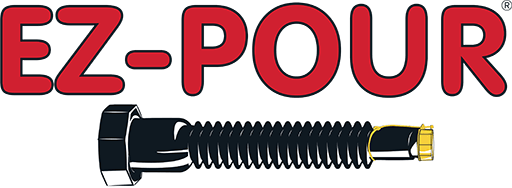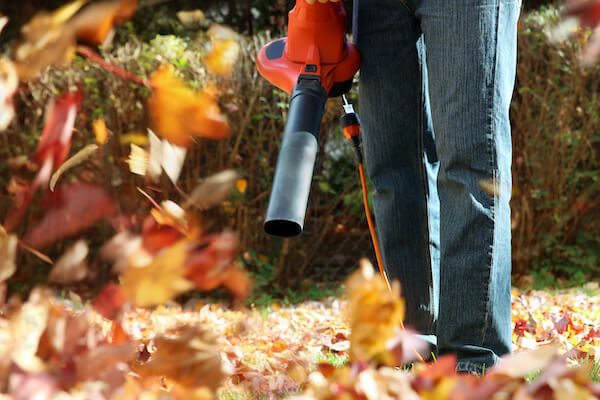Autumn has arrived with leaves in various shades of red and gold. As the season progresses, these leaves will eventually fall and accumulate in your yard. In a dense layer, these leaves can retain too much moisture and prevent sunlight and nutrients from reaching your grass. This affects the overall health of your lawn and can even lead to lawn diseases.
That’s why it’s crucial to equip yourself with effective strategies on how to deal with leaves in your yard. Traditional raking will remove the leaves and twigs but can be back-straining work. Fortunately, there are leaf blowers and lawn mowers to make the process more efficient and less physically demanding.
In this article, our experts will explore various strategies and options to help you tackle this seasonal task with confidence and success.
Use a Leaf Blower
Leaf blowers are powerful tools that propel air out of a nozzle to easily move leaves in your yard into manageable piles. Plus, they’re handy for clearing leaves off decks, gutters, and driveways.
How to Use a Leaf Blower
To use a leaf blower to clean the yard:
- start at the outer perimeter of the yard and blow the leaves toward the middle.
- hold the blower at your side with the chute pointed down at a low angle.
- direct the airflow under the leaves rather than on top of them.
- move the chute from left to right as you walk slowly to create an arc-like motion.
An effective technique for collecting and transporting leaves is to blow them directly onto a large tarp placed in the middle of the yard. Once the tarp is full, simply gather its corners and tie them together.
Use a Lawn Mower
Lawn mowers, with their sharp blades that evenly trim the grass, play an essential role in maintaining a manicured lawn. Some models are equipped with bagging systems, making it easy to collect fallen leaves. At the same time, leaving shredded leaves is beneficial to the soil.
How to Mulch Leaves With a Mower
You can forget about raking, blowing, and bagging leaves by mulching them with a lawn mower. Mulching leaves is simple.
- Adjust the height of the mower, remove the bag attachment, and mow over the grass and leaves.
- Go over the leaves 2 or 3 times, as one pass will not break them down into small enough pieces.
- Let the shredded bits remain on the lawn. As the leaves decompose, they will enhance the soil with nutrients.
Before getting started, make sure the leaves are dry, check for hidden objects that could damage the mower’s blades or crankshaft, and set the mower height to 2.5 to 3 inches.
Choose Your Leaf Disposal Method
Once you have gathered the leaves into piles or created mulch with your chosen method, here are a few options for what to do next.
Open Lawn Bags
If you prefer a leaf-free yard, put the leaves into paper lawn bags. Some are made of recycled materials, and some are at least biodegradable. It’s worth noting that they can start disintegrating when they are wet, so it’s best to use them in dry conditions.
Be sure to check with your local government about leaf removal days.
Compost Leaves
Leaves make excellent compost material, along with kitchen scraps and other yard waste like straw and plant debris. In a compost bin or compost tumbler, add leaves and other waste and stir the pile regularly with a shovel or a pitchfork.
Spread Mulch
Leaf mulch can be used in flower beds and vegetable gardens, around trees and shrubs, and in planters. To do so, put a 2 to 3-inch layer of mulch, ensuring it doesn’t directly touch plant stems or tree trunks.
Be Ready for Fall With EZ-POUR®
Make filling your leaf blower, lawn mower, or other lawn equipment quick and simple! EZ-POUR®’s replacement spouts and vent kits with flexible nozzles help prevent spillage while reaching even the most difficult of engines.
Shop online and have your order delivered right to your door! And, should you ever need help, our knowledgeable team is more than happy to assist you.

